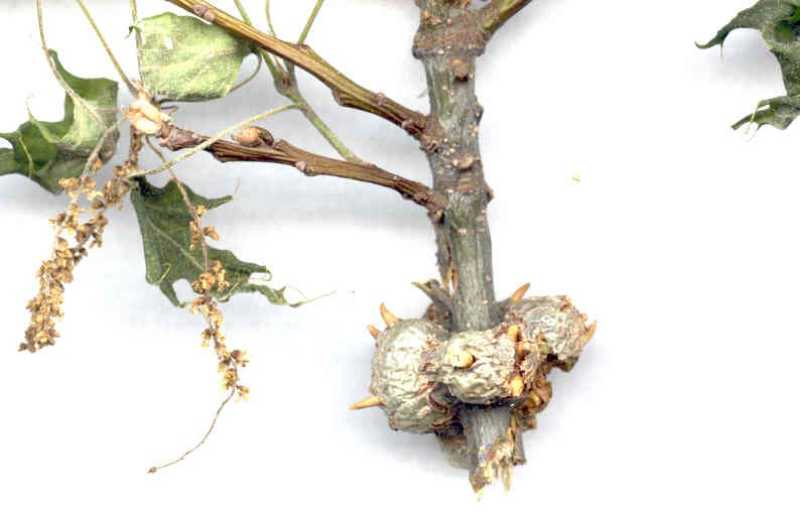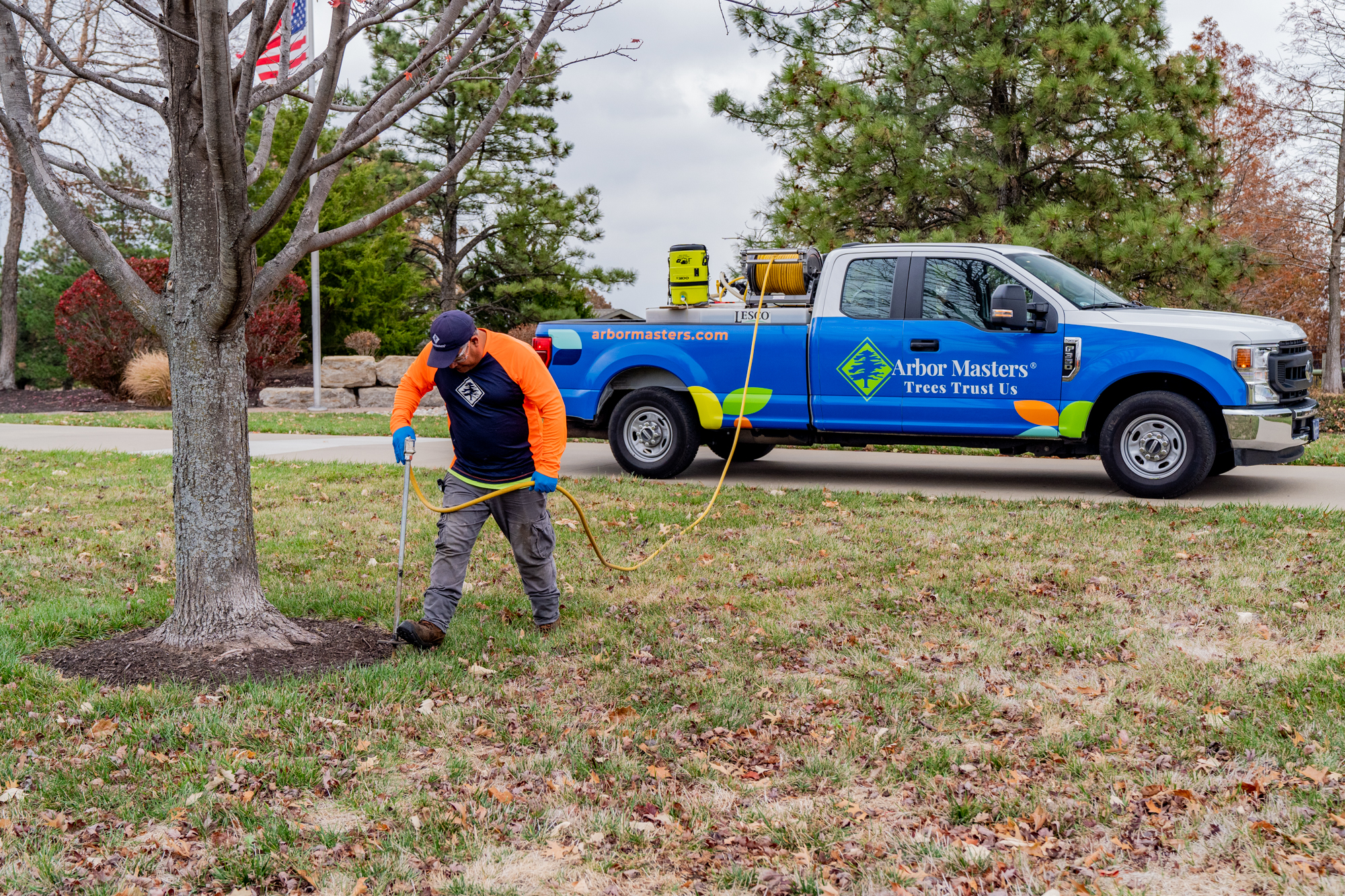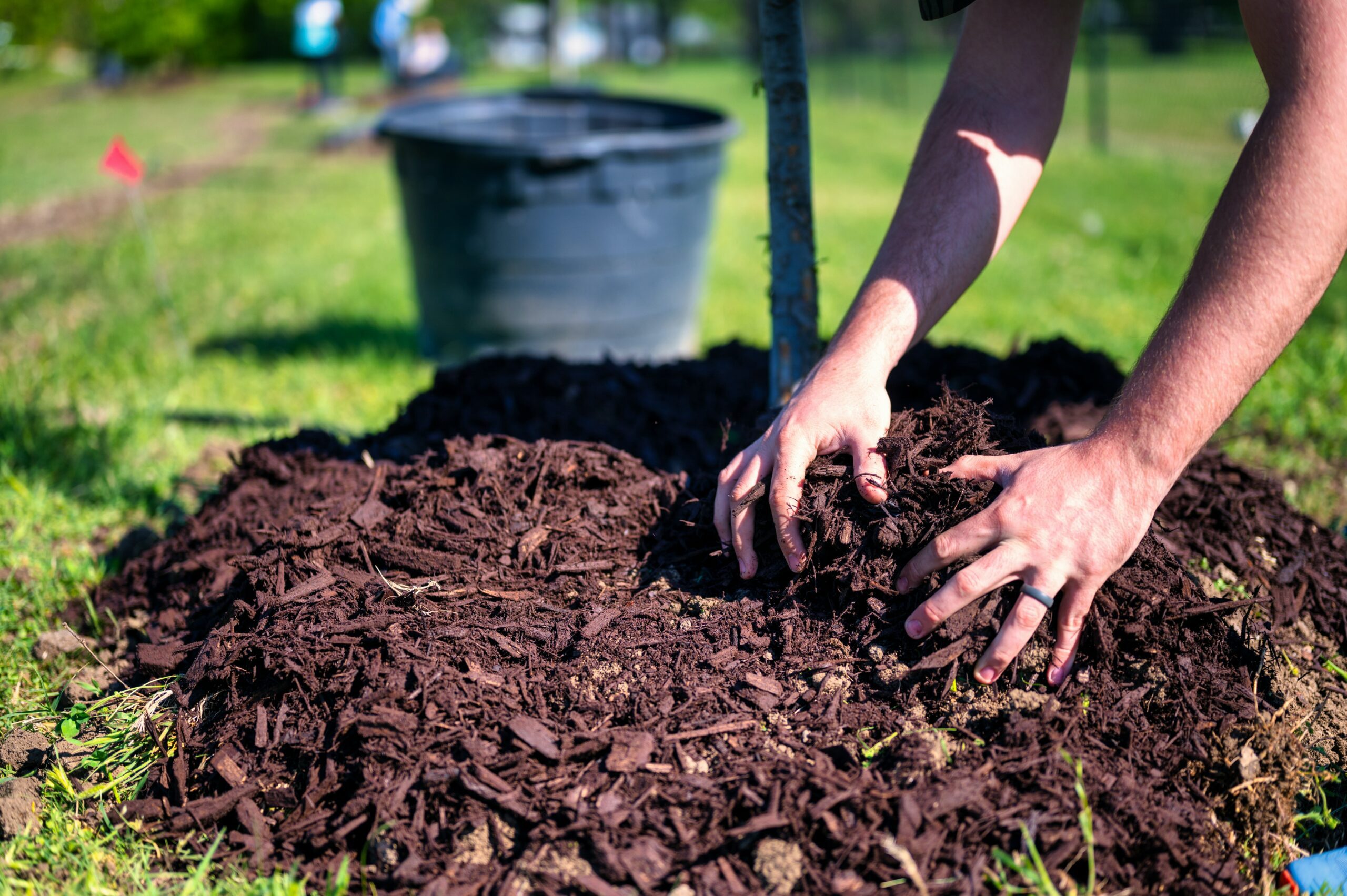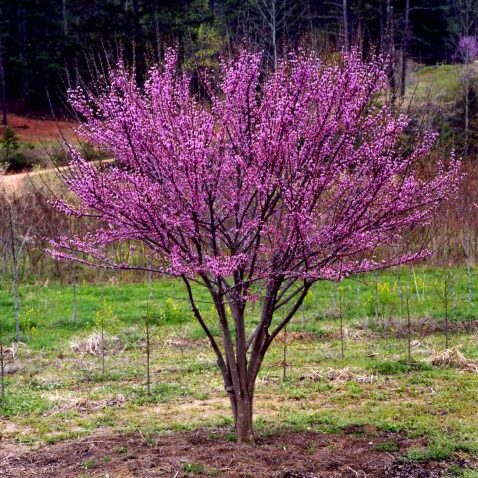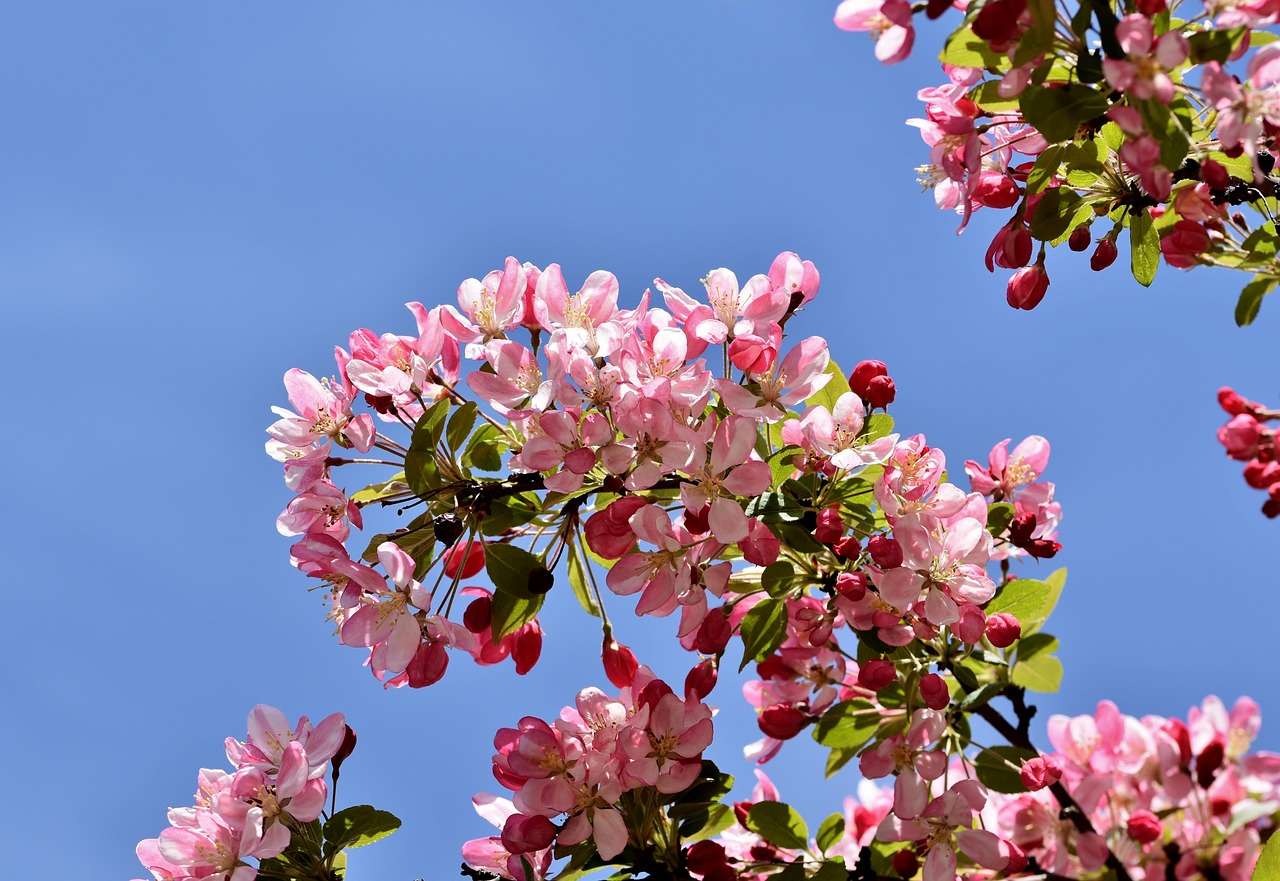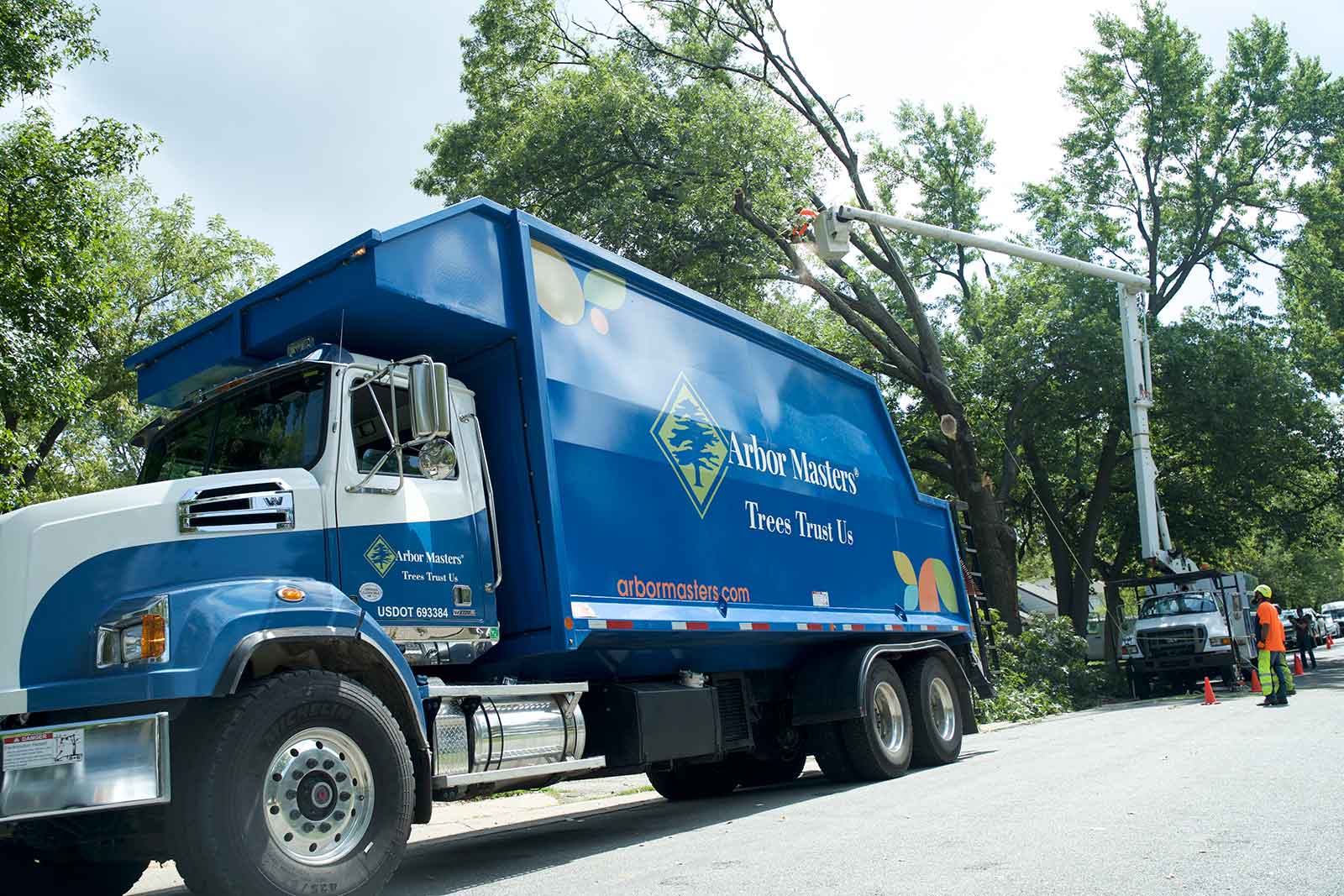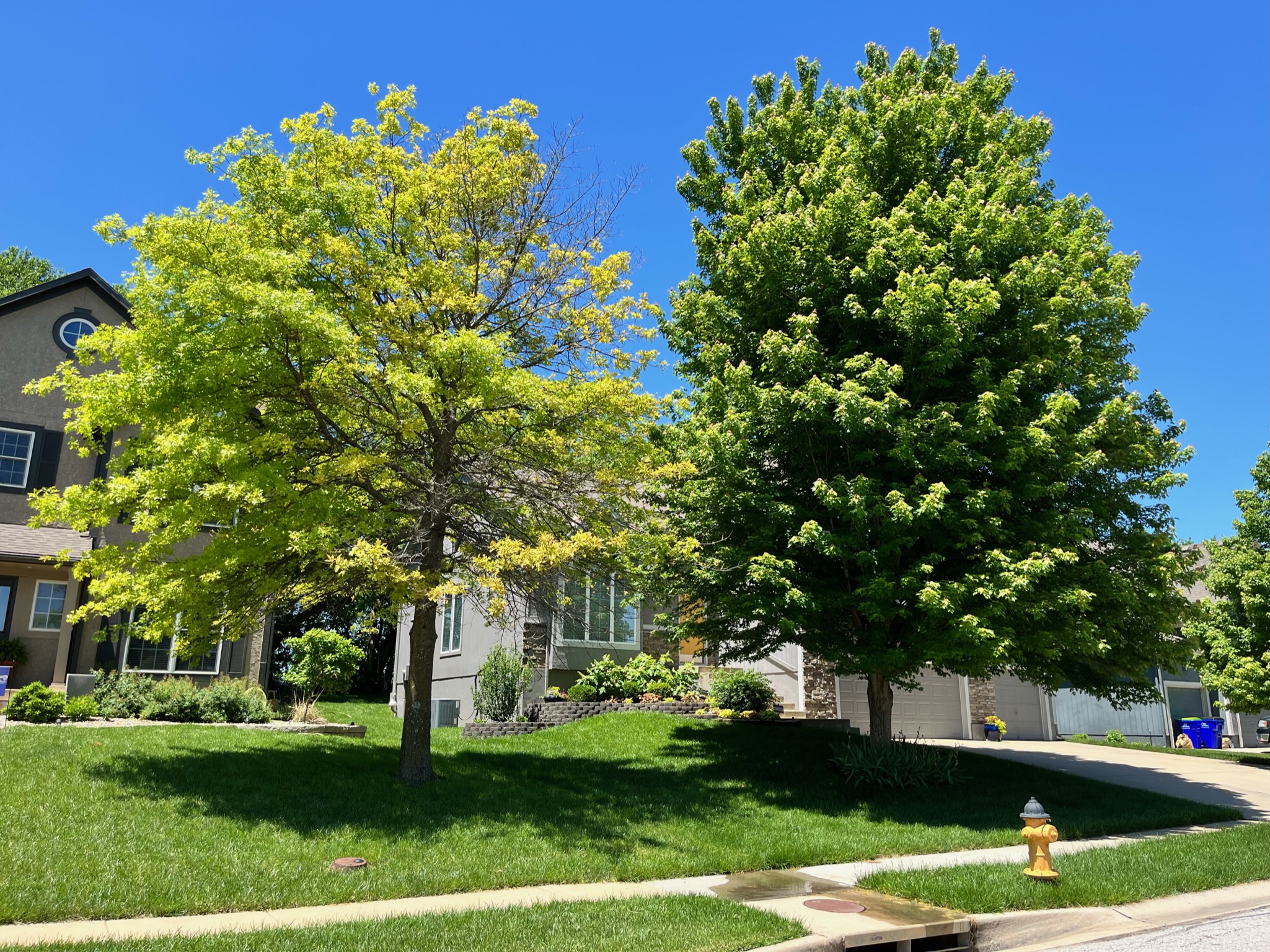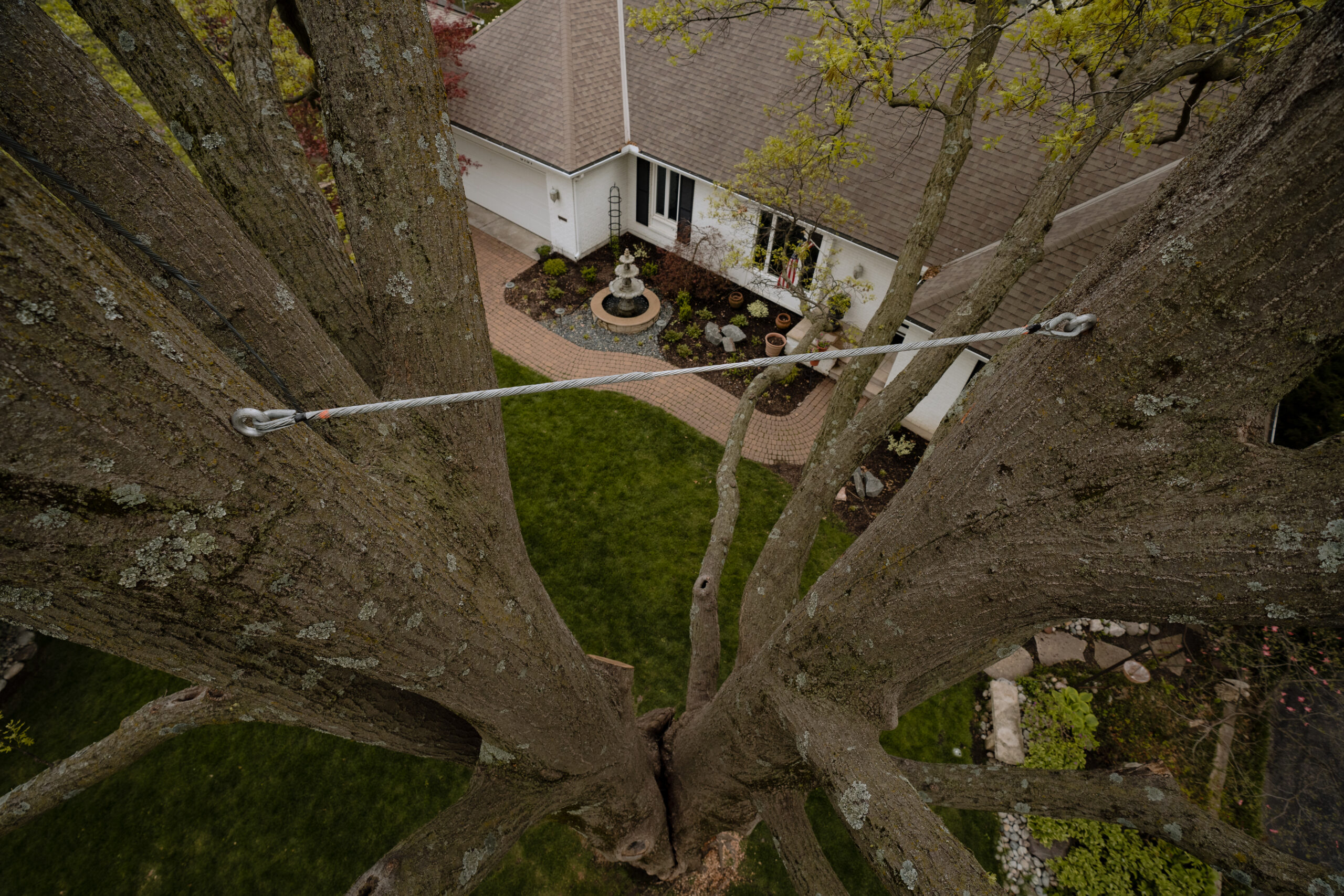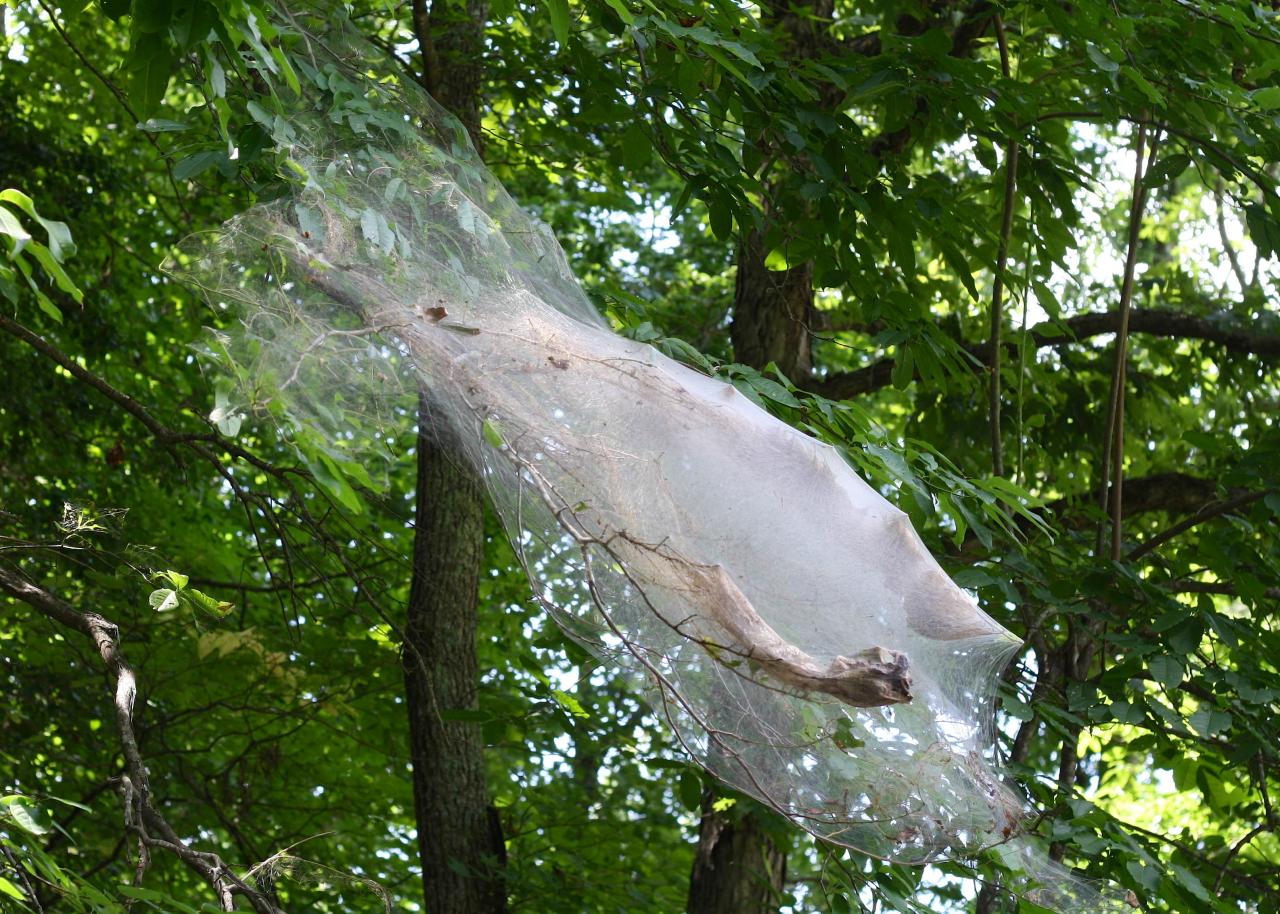What is Horned Oak Gall?
Horned Oak Gall – a condition that affects some oak trees – is caused by gall wasps. The most obvious symptom of Horned Oak Gall is the formation of galls on branches, twigs and even trunks of oak trees. A gall is an abnormal growth that appears on plants and trees due to the presence of parasitic insects, mites, bacteria or fungi. Horned oak galls are a type of gall caused by a species of non-stinging wasp called gall wasps.
Lifecycle of a Gall Wasp
These galls appear as small, round structures on the leaves and twigs of oak trees. While these galls are harmless to humans, they can cause damage. If a gall is formed at the tip of a branch or twig, it can cause that part to die off, as the larva feed on the tissue inside.
What Does Horned Oak Gall Look Like?
If left untreated, galls can cause the entire tree to become weakened, and even die, if enough branches are affected. In extreme cases, an infested tree may also become more susceptible to diseases such as oak wilt or other pests like borers. Additionally, horned oak gall may weaken the tree and leave it more susceptible to other conditions and diseases including oak wilt and anthracnose.
What Causes Horned Oak Gall?
Gall wasps (Andricus quercuscalicis) lay their eggs inside buds on the branches of the tree, causing galls to form. Inside the gall, the larvae of these wasps feed on the oak tree tissue and develop into adults before they fly off and start the cycle again. The galls can range in size from a few millimeters up to several centimeters in diameter.
How Does Horned Oak Gall Spread?
Gall wasps can spread from tree to tree, but it is uncommon for them to do so. As the adult female wasp emerges from the gall in the spring, she will lay her eggs on the host plant. However, if conditions are right and there is an abundance of suitable hosts nearby, they may move between trees.
Where are Gall Wasps in the U.S.?
Gall wasps are found throughout much of North America. They are most often found across the Midwest region including Missouri, Kansas, Iowa and Illinois. They are also found in parts of Europe, Asia and Africa.
Other Types of Galls
- Gouty Oak Gall – Commonly found on pin, scarlet and red oaks.
- Oak Vein Pocket Gall – Caused by the Gall Midge Fly. Typically found on pin oak.
- Oak Margin Leaf Fold Gall – Commonly found on pin oaks and other red oaks in the Midwest. Galls appear as rolled or folded on leaf margins, produced by Midge Fly.
Treating and Protecting Your Trees from Horned Oak Gall
The best way to protect your trees from Horned Oak Gall is to practice good tree care. As with any pest, prevention is the best cure, and taking steps such as regularly pruning dead or weak branches can help reduce the number of galls that form. Additionally, regular fertilization and watering will help your trees defend these pests.
If you do find galls on your tree, the best course of action is contact your local arborist. They will assess the extent of the gall and likely prune them off before adult wasps emerge in the spring. It is also possible to treat trees with systemic insecticides that work their way through the tree and kill developing larvae in the galls. However, this should only be done as a last resort, as it is the most invasive option for the overall health of a tree.
How To Get Rid of Horned Oak Gall
- Work with a local arborist to determine your unique comprehensive tree health care plan. (Comprehensive plant health care)
- Regularly inspect your trees for galls, and address any new infestations as quickly as possible. (Regular inspection)
- Regularly prune dead or weak branches to reduce the number of galls that form. (Pruning)
- Maintain a healthy tree by regularly fertilizing and watering it. (Fertilizing and watering)
- Dispose of pruned material away from the tree. (Dispose of infected branches)
- Monitor your trees for new galls to ensure that any treatment measures are effective. (Consistent monitoring)
- Use systemic insecticides as a last resort. (Insecticide treatment)
- Seek professional help if the infestation is too severe for you to manage on your own. (Ask an expert)
What to Do if Your Trees Have Horned Oak Gall
If your trees have developed Horned Oak Gall or any other type of gall, it is important that you act quickly. By coordinating your response with a certified arborist, you can get rid of the condition before the gall wasps hatch in the spring. If you think your tree has Horned Oak Gall, contact us today to get started on your comprehensive tree healthcare.



